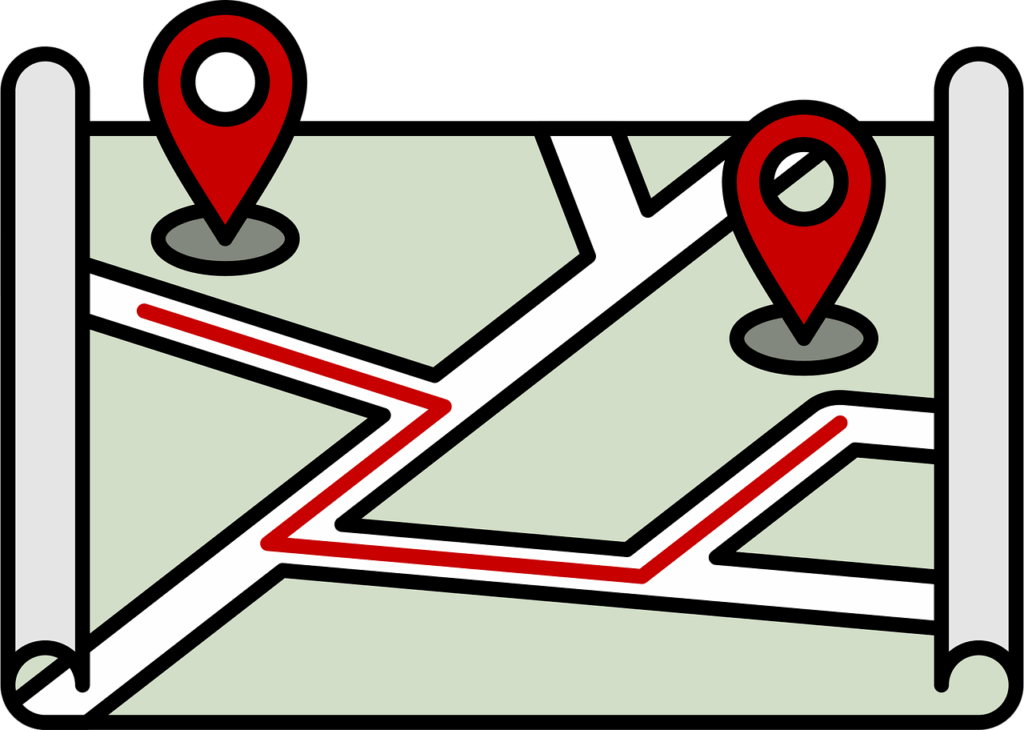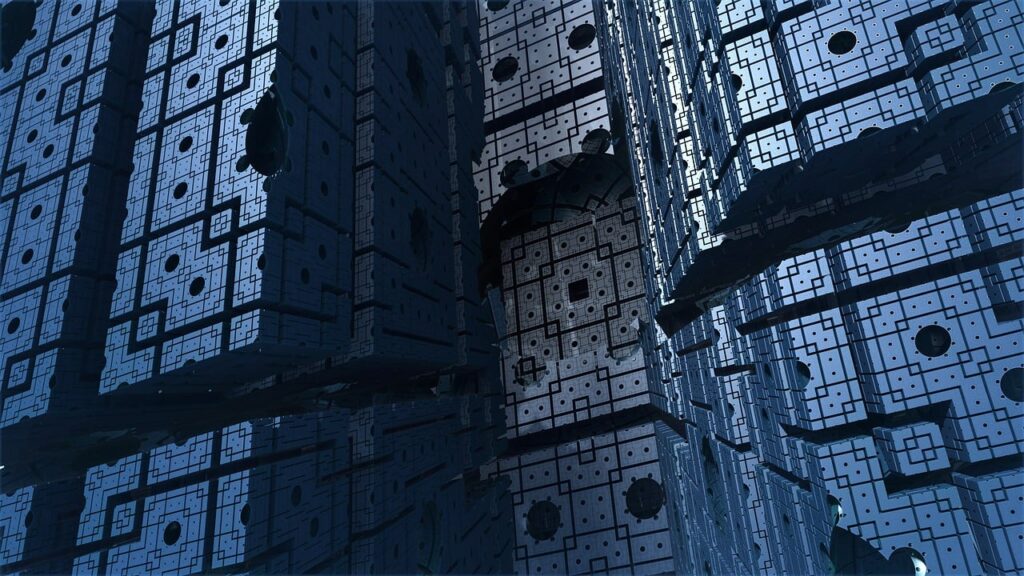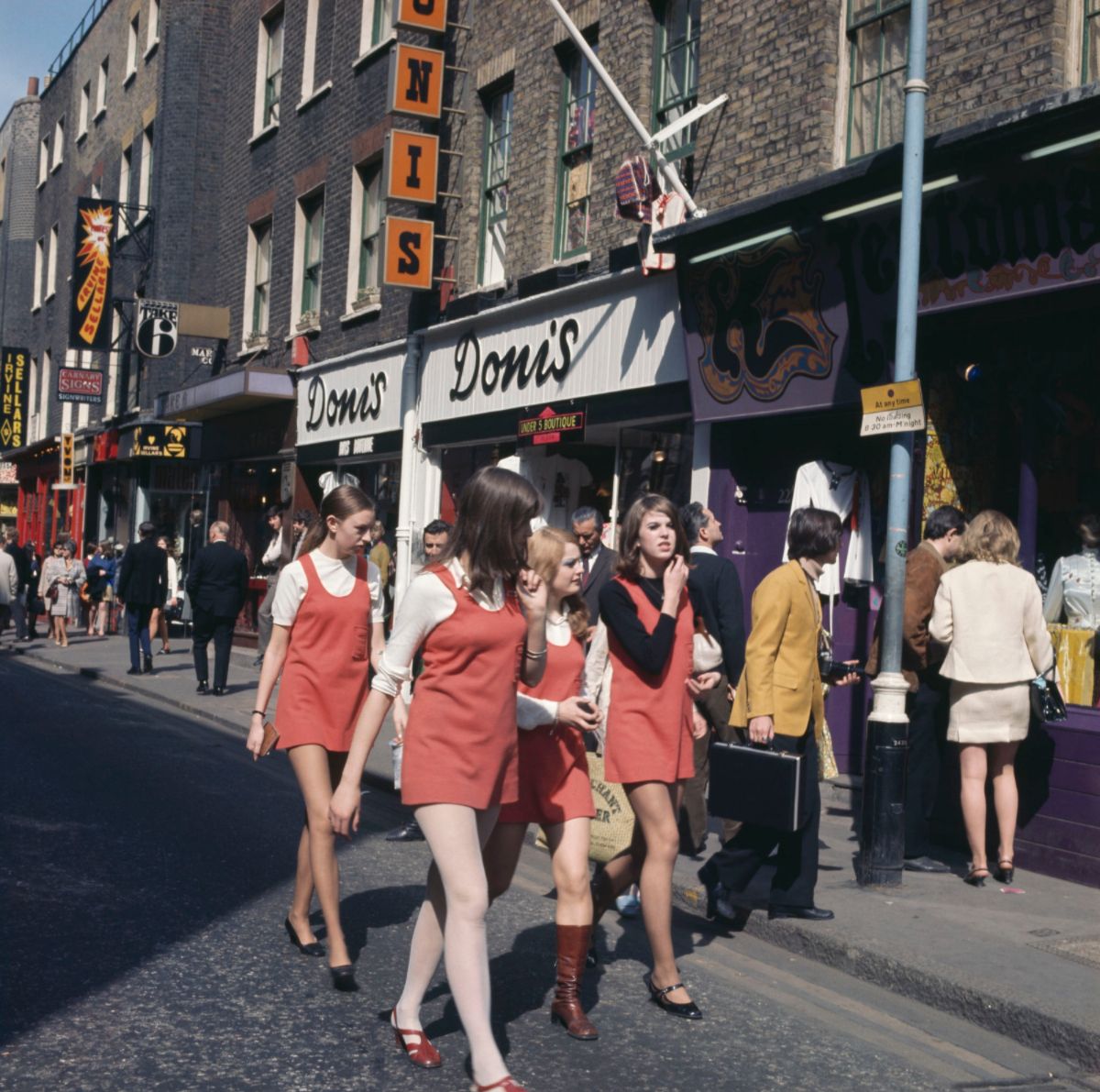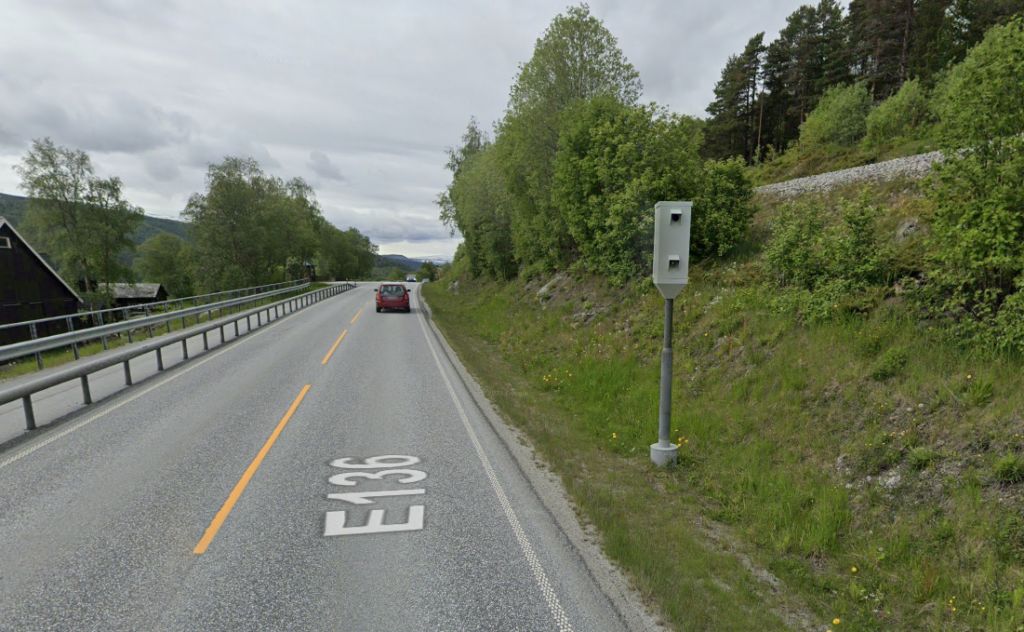
Google Maps has totally changed how we explore the world, right? From figuring out the fastest route to your favorite coffee shop to virtually “walking” down a street you’ve never visited, Street View has given us a whole new perspective. Since its launch in 2007, Google has amassed over 220 billion images from more than 10 million miles across 100 countries and territories, creating an incredible digital atlas. It’s pretty wild to think about!
But here’s a little secret you might not have noticed: not every house is crystal clear. Sometimes, when you’re cruising through Street View, you’ll spot certain properties that are completely blurred out. And it’s not just top-secret government buildings or random houses; it turns out, many of Hollywood’s biggest names use this feature to keep their opulent estates hidden from prying eyes. It’s a fascinating peek into how the rich and famous protect their private lives in the digital age.
So, how exactly do they do it? And what other clever tricks do they employ to maintain their privacy, even beyond what Google offers? We’re about to dive deep into 14 ingenious ways that celebrity homes, from the sprawling estates of tech billionaires to the chic pads of pop sensations, are kept under wraps. Get ready to uncover the secrets behind the blurred windows and guarded gates of Tinseltown’s most exclusive residences.
1. **Requesting Google Maps Blurring**This is the most direct and perhaps the simplest way for anyone, including celebrities, to ensure their home isn’t openly displayed on Google Maps. It’s one of those less-known features that offers a significant privacy boost. Google explicitly states that when it comes to whole homes, they “rely on public requests to blur specific properties.” This feature directly addresses the privacy concerns that arise from detailed aerial and street-level imagery.
The need for such a feature became more apparent as Google’s Street View technology advanced. Initially, cameras started at “a fairly low resolution,” but the company has “improved a lot since then.” One of its “latest systems include seven 140-megapixel cameras.” This level of detail means that without blurring, someone with “bad intentions” could potentially “see where deliveries are placed or other revealing attributes,” posing a real “threat, particularly if the image is of a potential target for stalkers or burglars.”
The process itself is surprisingly straightforward, though it requires a PC and not a mobile phone. You simply enter the property address into the Google Maps search bar, drag the orange person-shaped figure to enter Street View, and then click ‘Report a problem’ in the bottom-right corner. From there, you can outline your property within a red box on the mini-map.
Under the ‘Request Blurring’ heading, you select ‘My Home’, fill in your email, and verify your identity with reCAPTCHA. This ensures that only property owners or authorized individuals can make such permanent changes. Google warns that “once you’ve blurred something, it cannot be undone,” which underscores the finality of this privacy choice. For stars, this manual blurring provides a crucial layer of digital invisibility against detailed public scrutiny.

2. **Strategic Location Away From Public Roads**Even without a blurring request, some homes enjoy a natural cloak of invisibility simply by their physical location. Google Maps’ Street View, by its very nature, is limited in its scope. As the context points out, “Street View only works on roads.” This means if a property is situated off a main thoroughfare, tucked away on a private path, or accessed via a long, secluded driveway, it automatically escapes the high-resolution gaze of Google’s cameras.
This geographical advantage is particularly potent in exclusive areas like Beverly Hills, Hollywood Hills, or Bel Air, where sprawling estates can be set back significantly from public view. Imagine a grand, winding driveway disappearing into a lush, tree-lined landscape; Street View cars are legally and practically unable to access these private routes. This inherent physical distance from the road creates an immediate, robust barrier, making it much harder for anyone to get a close-up digital peek at windows or other “revealing attributes.”
The desire for this kind of physical seclusion is one of the “biggest reasons behind blurred houses,” driven by “privacy concerns.” While Google automatically blurs “people’s faces and car license plates” using “special technology,” whole homes require requests or benefit from their inherent position. A home positioned far from the curb means less identifiable detail, reducing the risk of someone with “bad intentions” using the imagery to “cause harm.”
For celebrities, who are often targets of intense public interest, this passive form of privacy is invaluable. It’s a foundational but highly effective method of staying off the digital grid, ensuring that even the most determined virtual explorer won’t be able to virtually “drive” right up to their front door and observe potential delivery spots or other vulnerable details that could compromise their security. It’s a physical fortress, built by design and location.
Read more about: Why Your Home Wi-Fi Is Slow: 12 Common Mistakes and Quick Fixes for a Faster Network
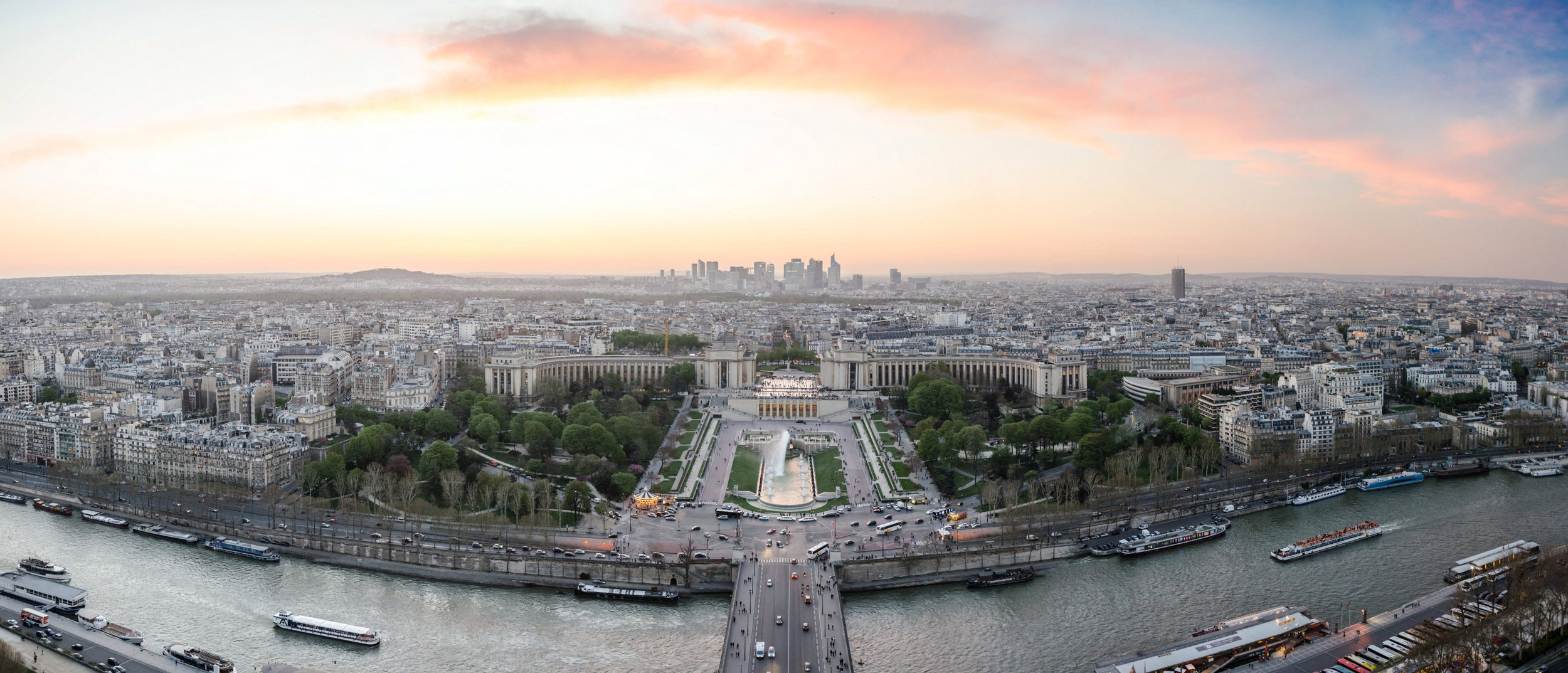
3. **Secluded Roads and Suburbs Offering Natural Concealment**Beyond just being off the main road, the very nature of certain neighborhoods contributes significantly to celebrity privacy. Many stars intentionally choose homes in areas characterized by “secluded roads and suburbs which make you feel far away from the hustle and bustle of LA.” This deliberate choice of locale is a fundamental strategy for maintaining a low profile, prioritizing peace over proximity to the city’s buzz.
Regions like Bel Air and Holmby Hills are prime examples of this phenomenon, often favored by Hollywood’s elite because they are “a little outside the central city of Los Angeles and provides them with enough space and privacy.” These areas are less about bustling streets and more about winding, less-trafficked routes that naturally discourage casual observation and unwanted visitors. The ample space between properties further enhances this feeling of seclusion, making it difficult for the public, or even map services, to get an intrusive view.
This strategy isn’t about physical barriers like fences but about the environment itself serving as a natural privacy screen. It allows residents, including figures like Drake, Halle Berry, John Legend, or LeBron James in Holmby Hills and Bel Air, to live a life less scrutinized. The very design of these residential areas, with their ample space and indirect routes, ensures that celebrity homes blend into a private, exclusive landscape, making them harder to pinpoint for the casual observer or even a dedicated Google Street View car.
This quest for peace and quiet is a major draw. “The ‘Hollywood Hills’ one of the best places to live in California,” the context notes, emphasizing how “many celebrities also love the secluded roads and suburbs which make you feel far away from the hustle and bustle of LA.” It’s a trade-off for some, giving up a central location for unparalleled discretion and tranquility, a valuable commodity when you live under constant public glare.
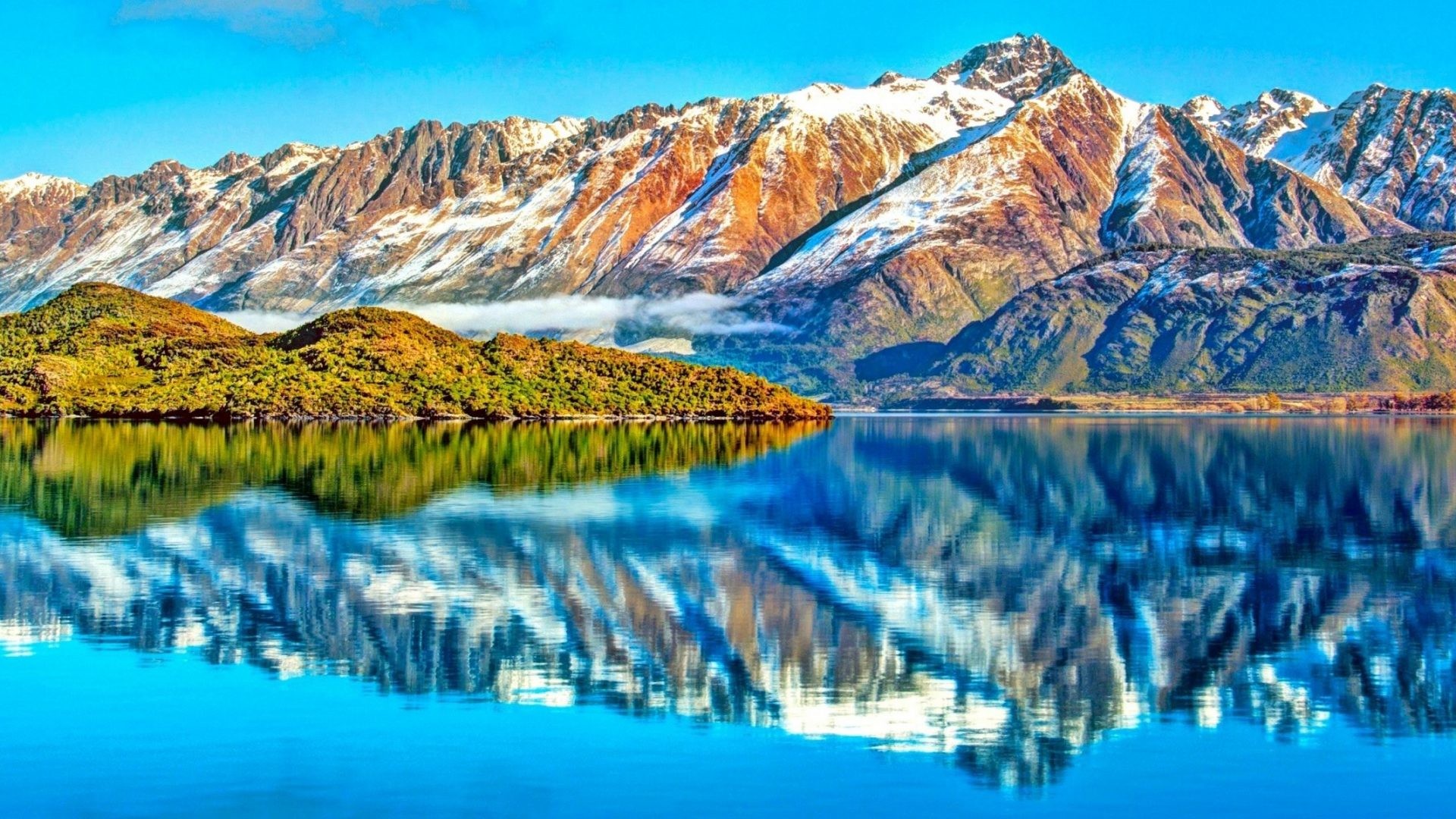
4. **Large Properties and Extensive Acreage**One of the most luxurious and effective ways celebrities ensure privacy is by acquiring vast amounts of land. Owning a large property, often spanning several acres, provides an automatic buffer zone between the star’s actual residence and any public vantage point. This extensive acreage physically pushes the main house far from the road, making it incredibly difficult for Street View cameras or even long-lens photography to capture intimate details of their daily lives.
Take for example, Bruce Springsteen, known for “Born in the USA,” whose Beverly Hills mansion sits on a significant “4-acre property.” Similarly, tech titan Jeff Bezos purchased a massive “10-acre property” in 2020 for nearly $175 million, immediately signalling his commitment to expansive privacy. And Ryan Seacrest’s “worth $70 million” estate sprawls across “a 3-acre property,” further demonstrating this trend among the ultra-wealthy.
This isn’t merely for aesthetics or showcasing wealth; it’s a calculated privacy move. The sheer size of the land means the main residence is often nestled deep within the property, shielded by natural landscaping, artificial barriers, or simply the sheer distance from any public access point. This makes the home less susceptible to unwanted attention, offering its inhabitants an unparalleled degree of personal space that’s physically impossible for Street View to penetrate beyond the immediate property line.
Such grand properties are also often designed with privacy in mind, featuring winding driveways and dense foliage that further obscure the view from outside. This investment in land provides a robust, tangible shield against the digital and physical intrusions that celebrities frequently face, ensuring that their private lives remain just that — private. It’s a statement of ultimate seclusion, where space itself becomes the ultimate luxury and security feature.
Read more about: Architectural Digest Presents: Inside Jeff Bezos’s Multi-Million Dollar Real Estate Empire
5. **Expansive Layouts with Multiple Structures**When a celebrity buys a sprawling estate, it often comes with more than just a main house. Many of these properties feature an array of additional structures, from guest houses to pool houses, gyms, and even separate security buildings. This multi-building layout isn’t just about facilitating a lavish lifestyle; it adds another layer of complexity and privacy, making it harder to identify the primary residence or even the specific location of the celebrity within the expansive compound.
Consider Jeff Bezos’s constantly expanding property. Since buying his 10-acre estate, he has slowly been expanding it to “span 28,000 square feet,” and it includes “a gym, pool house, and pergola.” Crucially, they are also “building a house for security guards on the property.” This layered approach provides both physical protection and visual misdirection. Ryan Seacrest’s “lavish mansion” likewise “features 2 guest houses,” an “underground garage,” and a “pool house with a gym,” indicating a self-contained private world.
These multiple structures can serve as decoys, offering various points of interest that distract from the main residence, or simply create a vast, intricate environment that confounds efforts to pinpoint the star’s precise location. For someone viewing on Google Maps, even if the general property is somewhat visible, the sheer number of buildings and the distance between them makes it nearly impossible to glean any truly “revealing attributes” about the celebrity’s daily life or where deliveries might be placed.
It’s a grand strategy of architectural diffusion, spreading out the potential points of interest and activity across a wide area to maximize privacy. This extensive development of the property creates a mini-fortress where movements can be shielded, and surveillance, whether digital or physical, is made significantly more challenging. These celebrity compounds are designed not just for living, but for disappearing.
Read more about: The 2025 Toyota Wish Redesign: The Ultimate MPV Reimagined, and Your Guide to Finding Your Automotive Wish List Gem
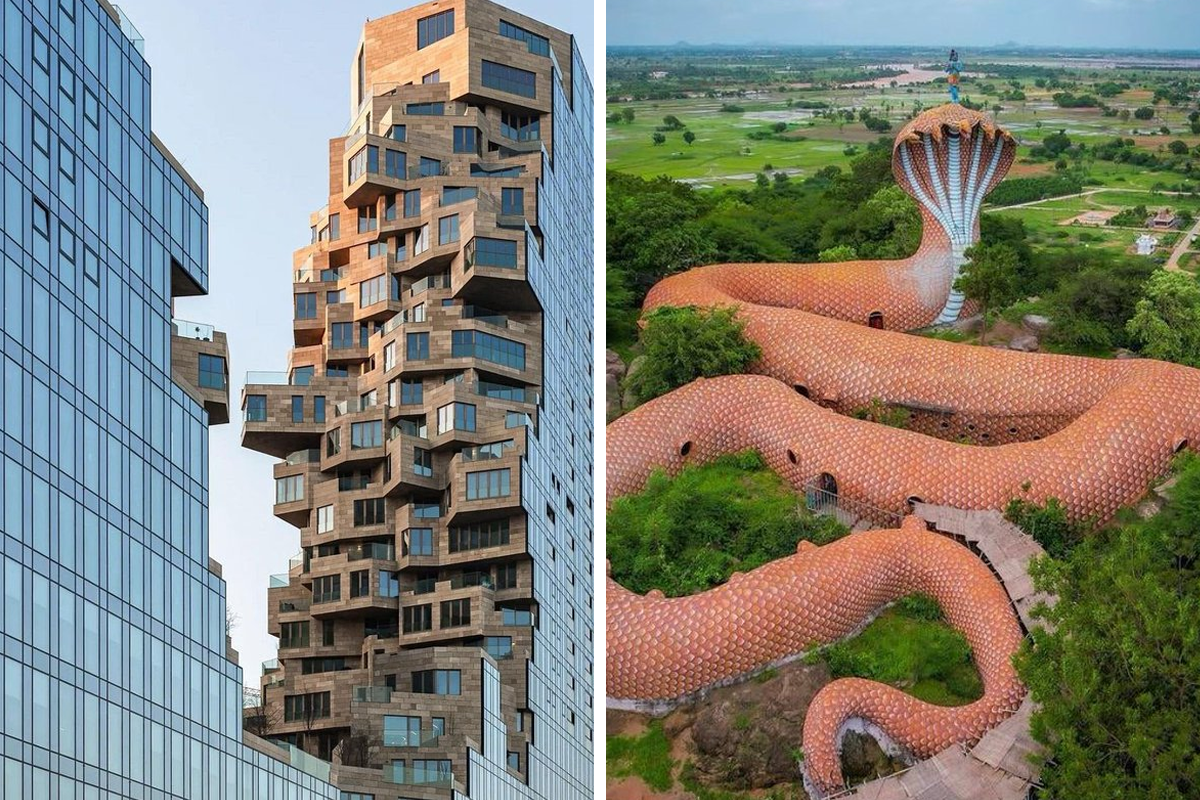
6. **Unique Architectural Design for Natural Concealment**Beyond sheer size and geographical placement, the very design and architecture of a celebrity home can play a crucial role in keeping it hidden from public view. Some stars opt for homes with unique architectural designs that either blend seamlessly into their natural surroundings or incorporate inherent visual barriers, making them less conspicuous and harder to observe from a distance, whether virtually through mapping services or physically from afar.
A fantastic and intriguing example of this is Lizzo’s Beverly Hills mansion, which she famously “bought… from Harry Styles in 2022” for “$15 million.” Her estate, built in 2019, stands out due to its “unique luxury treehouse design.” This isn’t just a quirky or trendy aesthetic choice; a treehouse design, by its very nature, often integrates natural elements like mature trees and elevated structures that can be strategically obscured by foliage or cleverly positioned to limit direct sightlines from public roads or digital mapping services.
Such innovative designs can provide a natural canopy and visual camouflage, making the property incredibly challenging for even high-resolution cameras to capture clear, unobstructed images of the interior or very private outdoor areas. This blending with the natural environment, combined with the property’s overall seclusion, ensures that Lizzo’s home maintains a distinctive yet remarkably discreet presence among the many lavish residences in Beverly Hills.
This approach demonstrates that privacy isn’t always about imposing fences or strict security, but can also be achieved through thoughtful, integrated design. By making the house an extension of its landscape, architects can create a harmonious yet impenetrable barrier against unwanted observation, proving that sometimes, standing out architecturally can actually help you hide in plain sight and keep your lavish living truly personal.
Read more about: Transform Your Home: Simple Backyard Projects That Instantly Boost Your Curb Appeal

7. **Leveraging Historical Landmark Status**While it might not seem like an obvious privacy tactic at first glance, securing historical landmark status for a property can indirectly contribute to keeping it “hidden” from certain types of public scrutiny or modification. When a home becomes a landmark, it gains a protected status that could deter redevelopment or significant alterations that might otherwise expose it more openly to the public or change its established footprint.
Taylor Swift is a prime example of a celebrity employing this ingenious strategy. She “petitioned the City of Beverly Hills to have designated as an historic landmark in 2017” for her $25 million mansion, known as the “Goldwyn Estate.” This particular home holds significant cultural value, as it was the former residence of Samuel Goldwyn, the co-founder of Goldwyn Pictures (now known as MGM).
By elevating her home to a historical landmark, Swift not only honors its rich heritage but also adds a crucial layer of formal protection against drastic changes. This designation means that any external modifications would likely face stringent reviews and regulations, thereby preserving the property’s original character and, critically, its established degree of seclusion and privacy. It implicitly limits future developments that could potentially reduce its inherent privacy or expose it further to public view.
This sophisticated method of safeguarding an estate’s long-term seclusion works by embedding it within local preservation laws. It’s a proactive measure that ensures the property maintains its historical integrity and, by extension, its discreet profile, rather than being subjected to modern architectural trends that might prioritize visibility over privacy. For stars, historical status can be a quiet, powerful guardian of their personal space.
Read more about: Jesse L. Douglas Sr., Architect of Selma Marches and Aide to King, Dies at 90
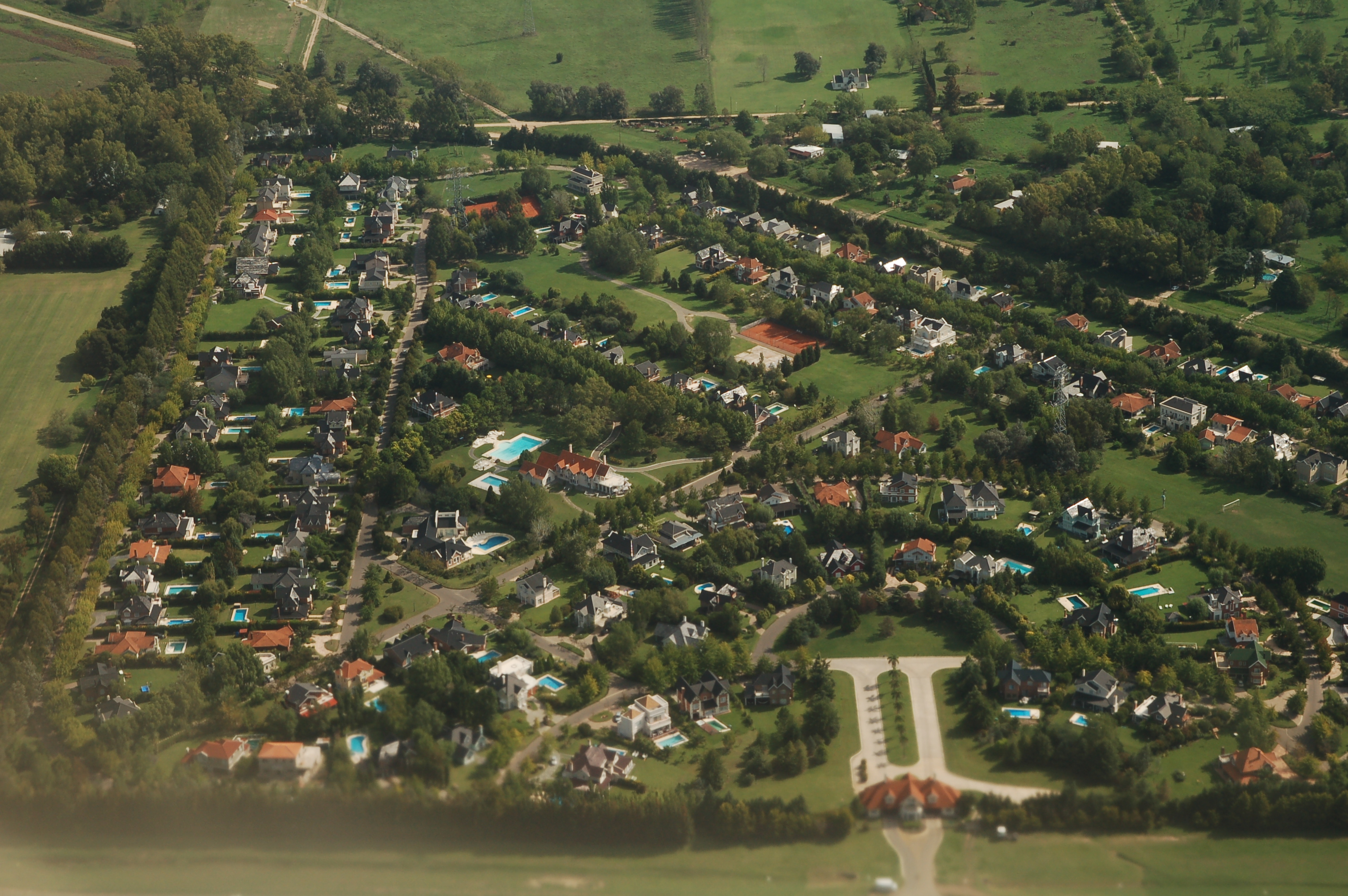
8. **The Impenetrable Gated Community**While a secluded road for a single property offers great privacy, some celebrities take it to the next level by residing within exclusive gated communities. These aren’t just fancy neighborhoods; they’re meticulously planned enclaves where the entrance itself is typically guarded, offering a collective, fortified shield against unwanted visitors and curious onlookers. Think about it: once past the main gate, even Google Street View cars face significant restrictions, if they’re allowed in at all, making the homes inside virtually invisible to casual digital exploration.
The context mentions several such havens, where A-listers establish their roots. For instance, “The Summit” is highlighted as a prime gated community, home to stars like Sandra Bullock, John Legend, and Elton John. Imagine the profound peace of mind knowing that access is strictly controlled, meaning random sightseers or persistent paparazzi can’t just drive up your street.
It’s a powerful, inherent deterrent, transforming individual privacy needs into a communal, high-security benefit for all residents, far exceeding what a single homeowner could achieve alone. Another compelling example is “Mulholland Estates,” which boasts an impressive roster of residents, including Pharrell, Zedd, Eddie Murphy, Gene Simmons, Emma Chamberlain, Calvin Harris, and Naomi Osaka.
These communities provide a curated, highly controlled environment where security is not merely an afterthought but a foundational element of the lifestyle. This often includes sophisticated private roads, extensive surveillance systems, and dedicated rapid response teams. Such collective security goes beyond merely blurring an image on a map; it’s about creating an entire ecosystem where privacy is the default, providing an unparalleled sense of safety and discretion that extends well beyond digital mapping services. For celebrities, who often live under intense public scrutiny, these secure compounds represent the pinnacle of personal space, where they can genuinely retreat from the glare and enjoy a private life.
Read more about: The ’60s Ghost: 14 Societal ‘Accessories’ That Vanished or Transformed Forever in the Roaring Decade

9. **High Walls, Hedges, and Physical Barriers**Sometimes, the simplest solutions are undeniably the most effective. For many celebrity homes, the first and most obvious line of defense against prying eyes, both digital and physical, comes in the form of imposing walls, towering hedges, and formidable gates. These aren’t merely decorative landscaping choices; they are carefully constructed, robust visual barriers specifically designed to completely obstruct the view of the property from public roads. This makes it virtually impossible for Google Street View cameras to capture any meaningful detail of the main residence or the private activities within.
Think about the quintessential image of a grand celebrity estate: often, all you can truly perceive from the street is a massive, often ornate, wrought-iron gate peeking out from behind a dense, impenetrable hedge or a high, stoic stone wall. The context vividly illustrates this pervasive strategy, noting how at Madonna’s former pad, despite a party “banging tunes coming from the garden,” one “Couldn’t see a thing of course.” This perfectly encapsulates the effectiveness of such barriers.
Similarly, an attempt to get a clear glimpse of Johnny Depp’s residence from Sunset Blvd revealed that all one could discern was his “place… in the top left corner of the photo in the trees.” This underscores how natural elements, when strategically combined with artificial barriers, create an almost seamless cloak of invisibility. These physical fortifications serve as immediate and unyielding visual roadblocks, ensuring that any camera, whether on a Google car or a paparazzi’s lens, is met with an opaque screen.
Whether it’s Frank Sinatra’s “old place” where a photograph could only be “shot through the gates,” or Tom Cruise and Katie Holmes’s well-known “famous gate and hedge situation,” the underlying goal is consistently to block direct sightlines. These impressive physical boundaries ensure that even if a Street View car drives by, all it captures is an anonymous wall of lush greenery or solid material, keeping the lavish interiors, serene gardens, and private lives of the stars completely off-limits to both digital mapping and casual observation, preserving their personal sanctuaries.
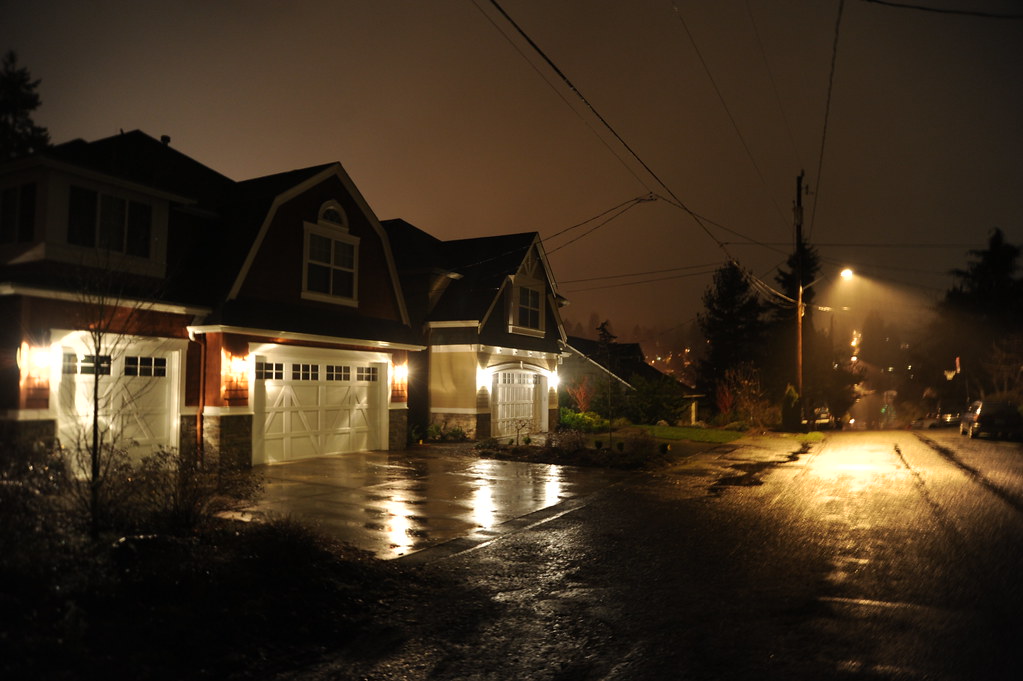
10. **Concealed Entrances and Obscured Driveways**Beyond merely being situated off main public roads, the very design and nature of a celebrity home’s entrance and driveway can act as a sophisticated privacy mechanism in itself. Instead of a straightforward, easily identifiable path to the front door, many high-profile residences feature incredibly long, winding, or deliberately obscured driveways. These architectural choices actively prevent any direct line of sight from the street, making it exceptionally challenging for Google’s cameras—which are limited to public thoroughfares—to even capture the precise entry point, let alone the main house itself.
Consider the almost mythic status of the “Playboy Mansion.” The context notes, with a hint of exasperation, “This is all you can see. It was a long uphill hike for this too.” This observation strongly implies a significant distance and possibly considerable elevation from the public road, rendering any clear, unobstructed view of the actual mansion impossible without physically trespassing onto private property. Such driveways often disappear tantalizingly into dense foliage, behind strategically placed hills, or through winding paths, effectively creating a visual black hole that swallows the entrance from public scrutiny.
The issue of deliberate address numbering, or rather the lack thereof, further complicates matters and plays a crucial role in this strategy. As the context points out, “It isn’t numbered, as most stars places aren’t, probably to confuse people like me.” When an entrance isn’t clearly marked or is intentionally ambiguous, it adds yet another layer of confusion for anyone trying to pinpoint a specific property. This holds true whether it’s a curious tourist navigating with a “Star map” or a sophisticated data-gathering algorithm attempting to precisely log a location for mapping services.
These ingeniously concealed, often unnumbered, entrances are a conscious and deliberate choice by celebrities to ensure that the journey from public to private space is as challenging, visually obstructed, and confusing as possible. It’s a fundamental tactic in their arsenal, ensuring that even the most determined virtual explorer or physical trespasser will struggle to gain a clear, unobstructed view of their private domain, effectively disappearing the immediate surroundings of their home from easy detection.
Read more about: Architectural Grandeur: An Exclusive Tour Through 15 Aspirational Celebrity Homes
From the strategic digital disappearing act facilitated by blurring requests to the imposing physical bastions of walls and hedges, the clever misdirection of hidden driveways and obfuscated addresses, and the ironclad security of gated communities backed by dedicated personnel, it’s unequivocally clear that celebrities employ a fascinating and multi-layered blend of both digital and physical tactics to keep their personal sanctuaries truly private. These aren’t just lavish homes; they are meticulously engineered fortresses of solitude, each element carefully designed to deflect the relentless glare of public scrutiny and the ever-watchful eye of digital mapping. While we, the curious public, might marvel at the tantalizing glimpses we occasionally get, the profound and truly intriguing story of celebrity living often lies most deeply in what remains brilliantly, and intentionally, hidden. It’s a high-stakes game of cat and mouse, where privacy, it seems, has indeed become the ultimate, most coveted luxury.

